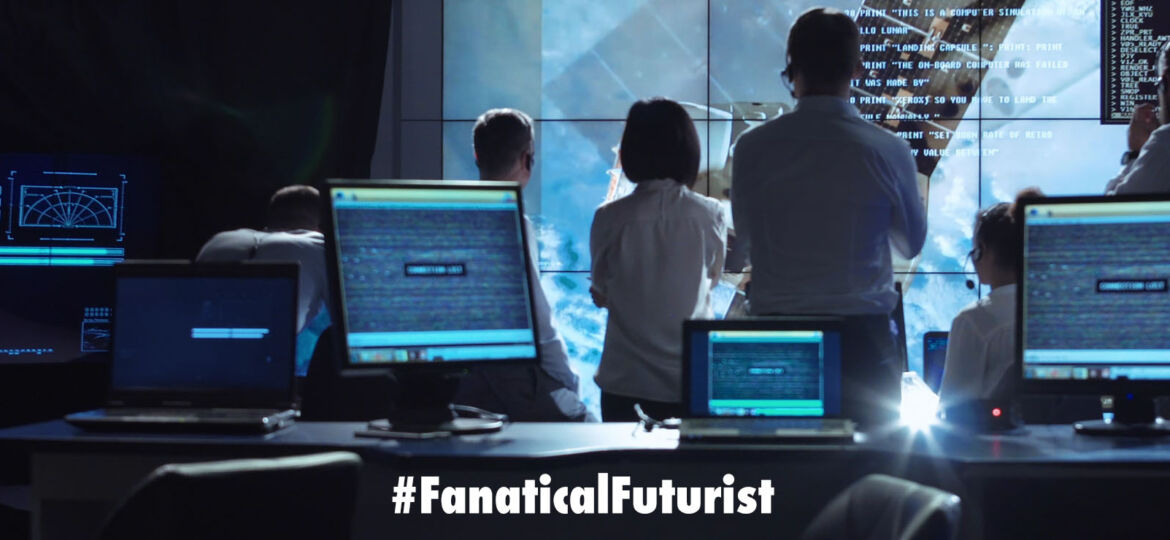
WHY THIS MATTERS IN BRIEF
We have five senses, but we only use two of them, hearing and sight, when interacting with technology, haptics introduces the sense of touch to interfaces.
 Interested in the future and want to experience even more?! eXplore More.
Interested in the future and want to experience even more?! eXplore More.
To perceive our surroundings humans can draw on five senses, but when we use technology all too often we’re only experiencing things using screens and speakers that only appeal to our senses of vision and hearing, but times are changing. And as we see the emergence of haptic virtual reality suits from companies like Disney, and interactive holograms, among other tech, now a team of scientists at Karlsruhe Institute of Technology (KIT) have announced they’re developing haptic displays that can “convey complex information” using just the sense of touch that will take consumers “way beyond today’s taptic or vibrating displays” that you’ll find in your smartphone.
The teams’ new VibrAID system works by using “vibration patterns to simplify dealing with complex control systems,” the researchers say.
“Haptic displays transmit information via the skin by vibration or pressure. This can be a smartwatch that alerts us to an incoming message through vibration or a mobile phone in our pocket that uses vibration patterns to guide us,” says Erik Pescara from the Telecooperation Office (TECO) research group of KIT.
“But haptic feedback devices can do much more than that,” they add, “and TECO is developing haptic assistance systems for complex control tasks such as industrial control systems.”
Possible use cases for the system include control rooms in power stations and transport networks where large amounts of relevant data are often displayed on screens there. Although such graphical user interfaces are individually configurable, it may be that users can’t find the relevant information fast enough for controlling the system in an optimum way.
“We want to relieve [people’s] visual sense by drawing attention to relevant events using the sense of touch,” says Vincent Diener who is developing VibrAID at KIT and also works at TECO. “A portable [wearable] system informs the user about important changes or events on the dashboard [of, for example, a power stations control dashboards] with the help of vibration patterns that the system has already learned.”
This means that the user does not have to be as attentive and can focus their attention on other tasks.
“A server is running in the background, which monitors whether a threshold is exceeded in the system,” says Diener. “If this is the case, the system sends the information to the user’s smartphone. It will then forward the relevant data via Bluetooth to the wearable and will trigger the vibration.”
VibrAID consists of a wristband with ten small vibration modules. Since the electronics are easy to remove, the wristband is easy to clean. Using an energy supplier’s control room as an example, the scientists are now building a realistic study environment at KIT to test the system.
















